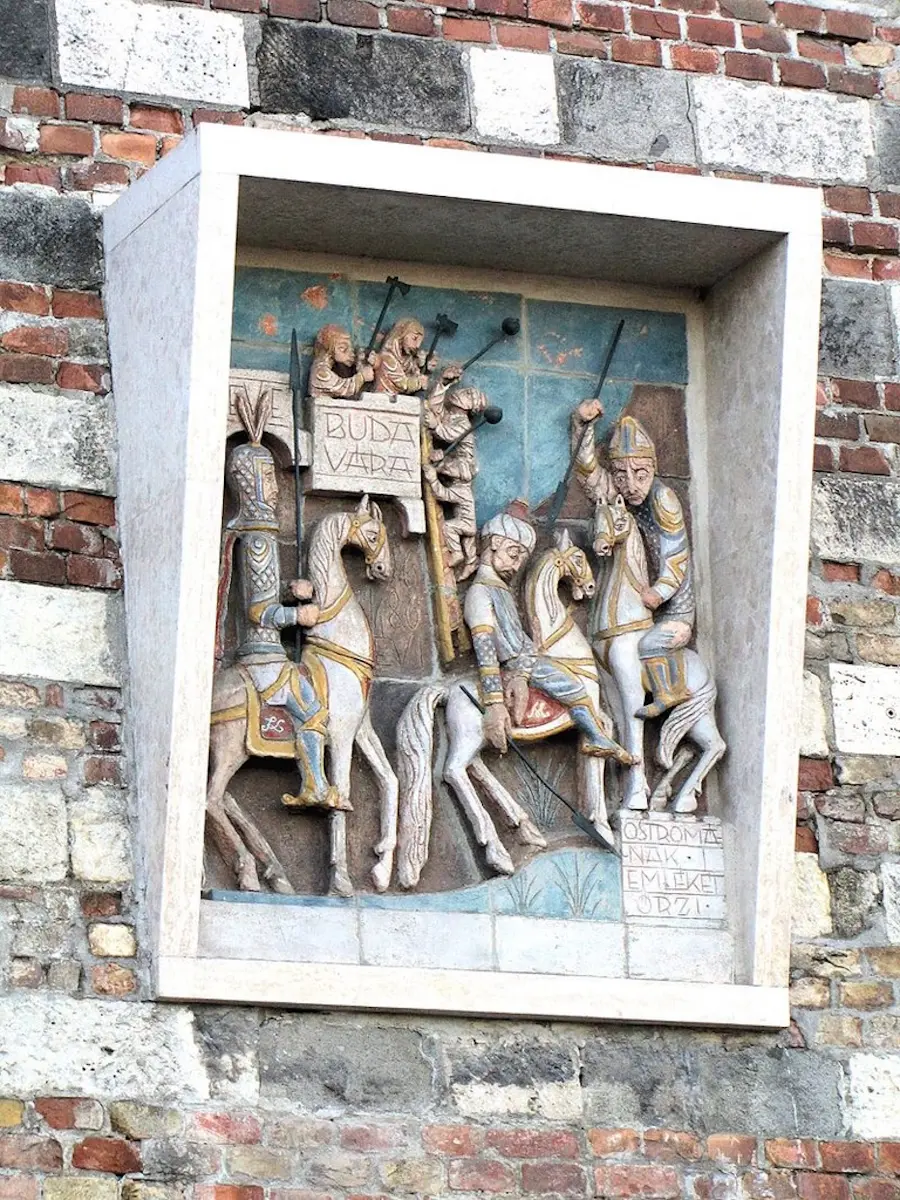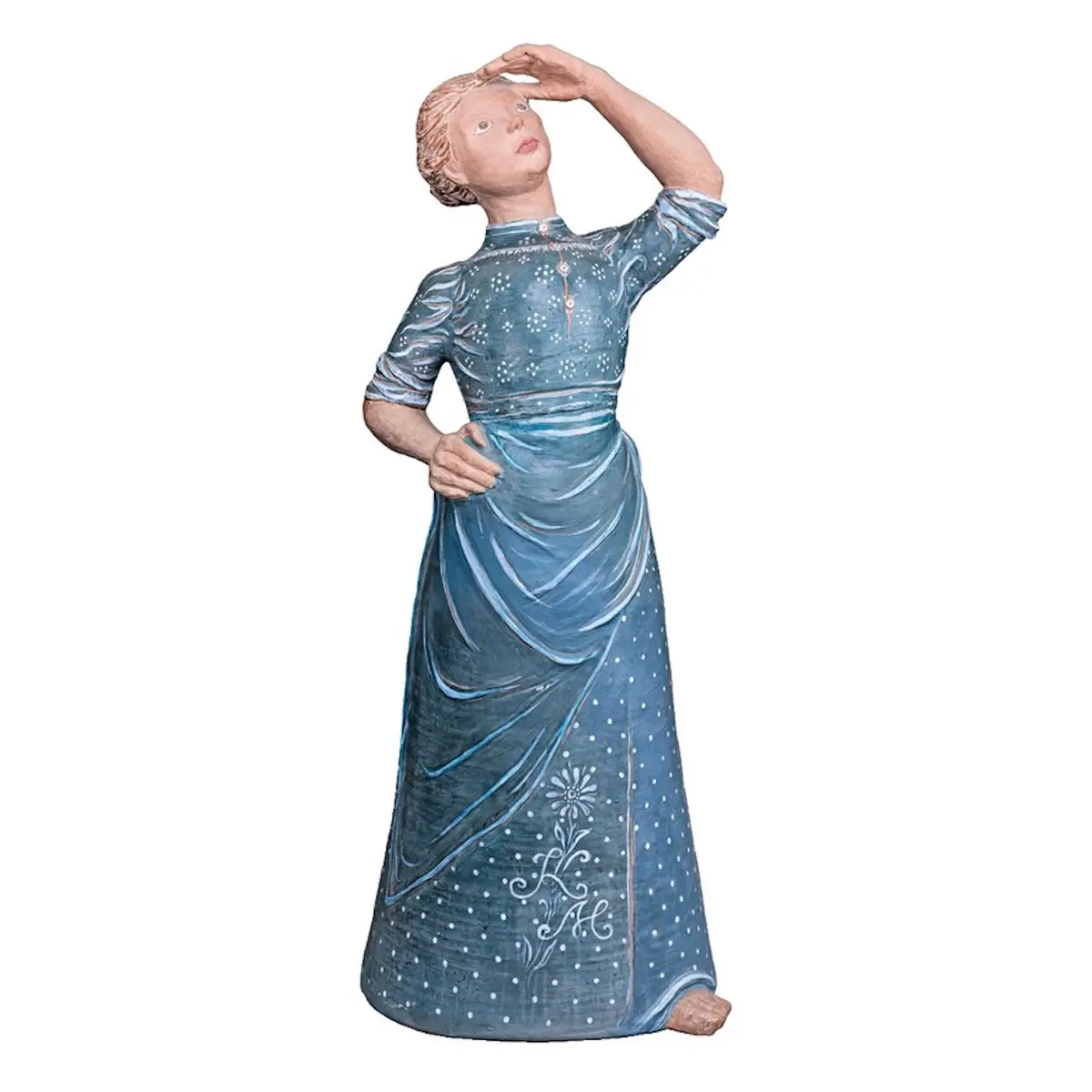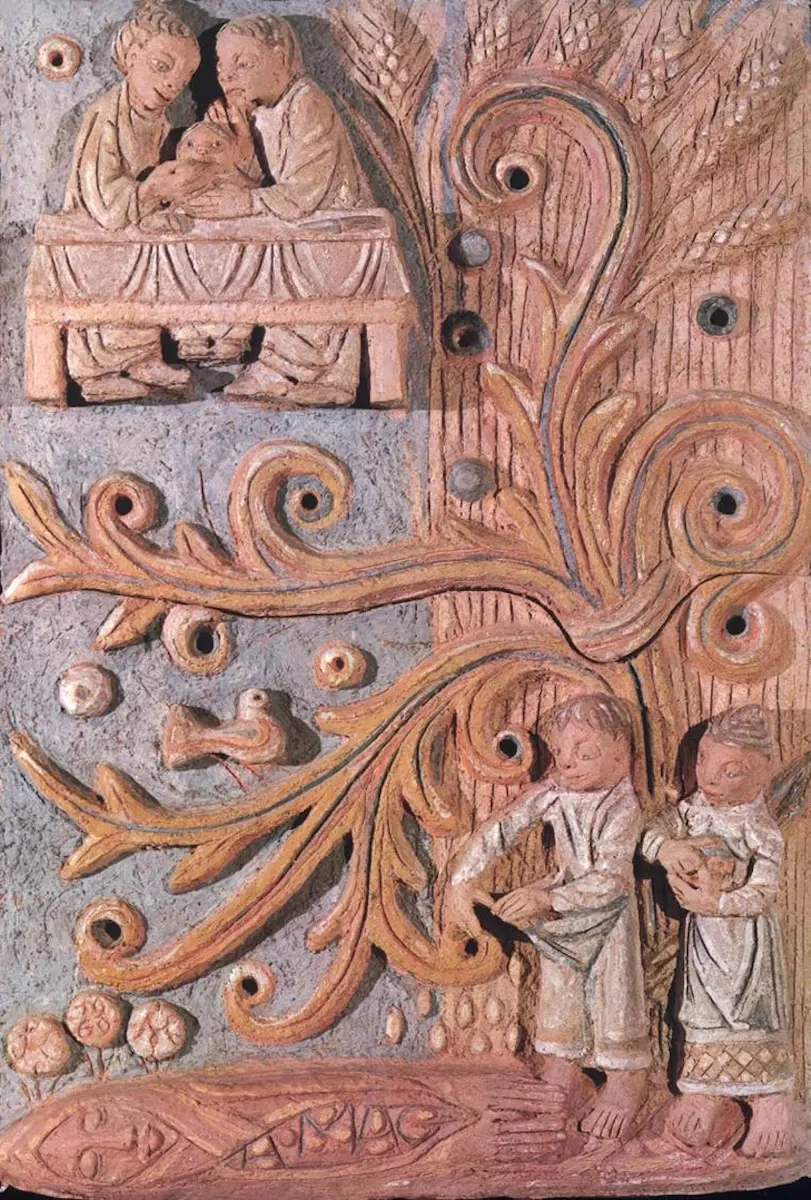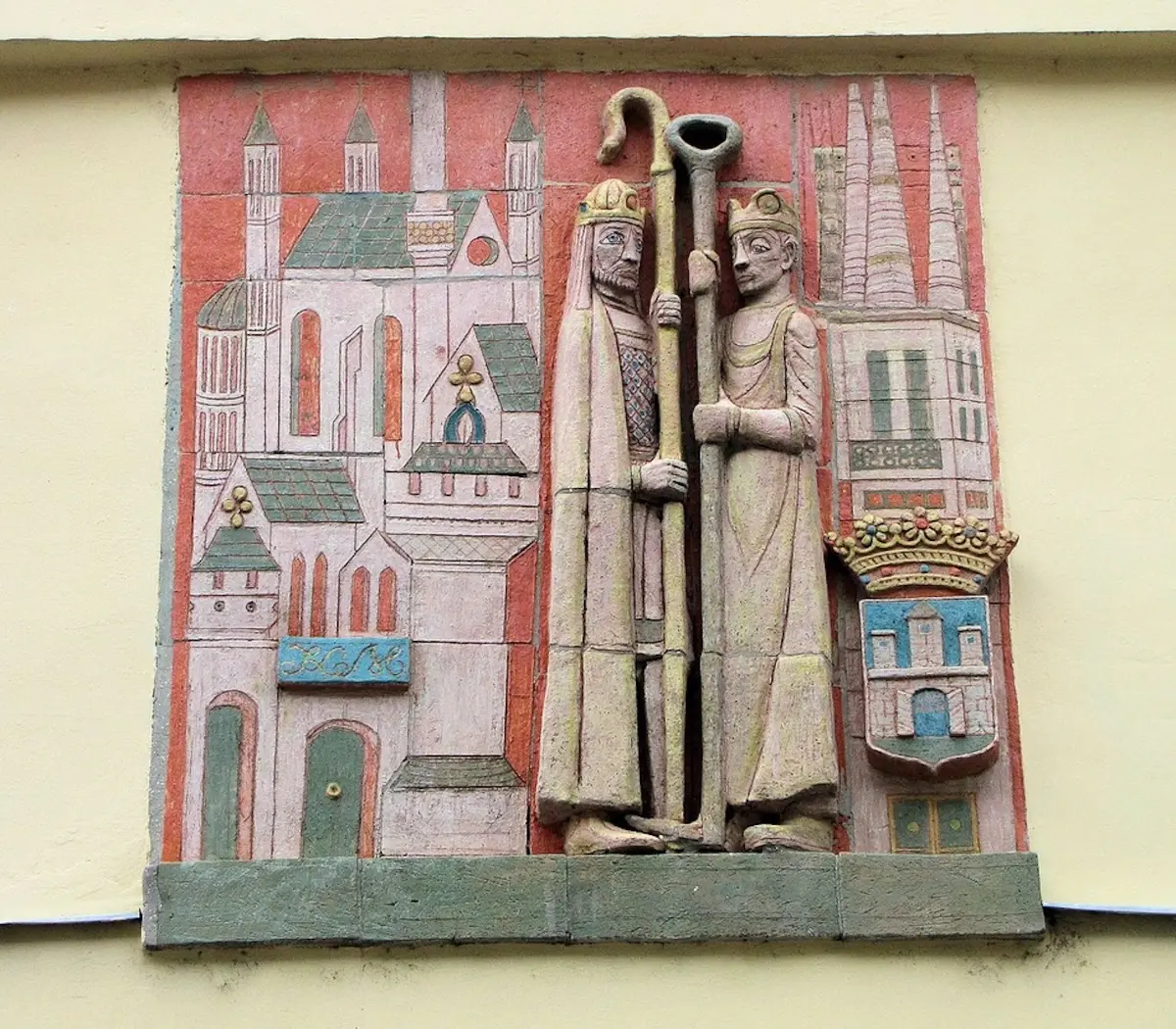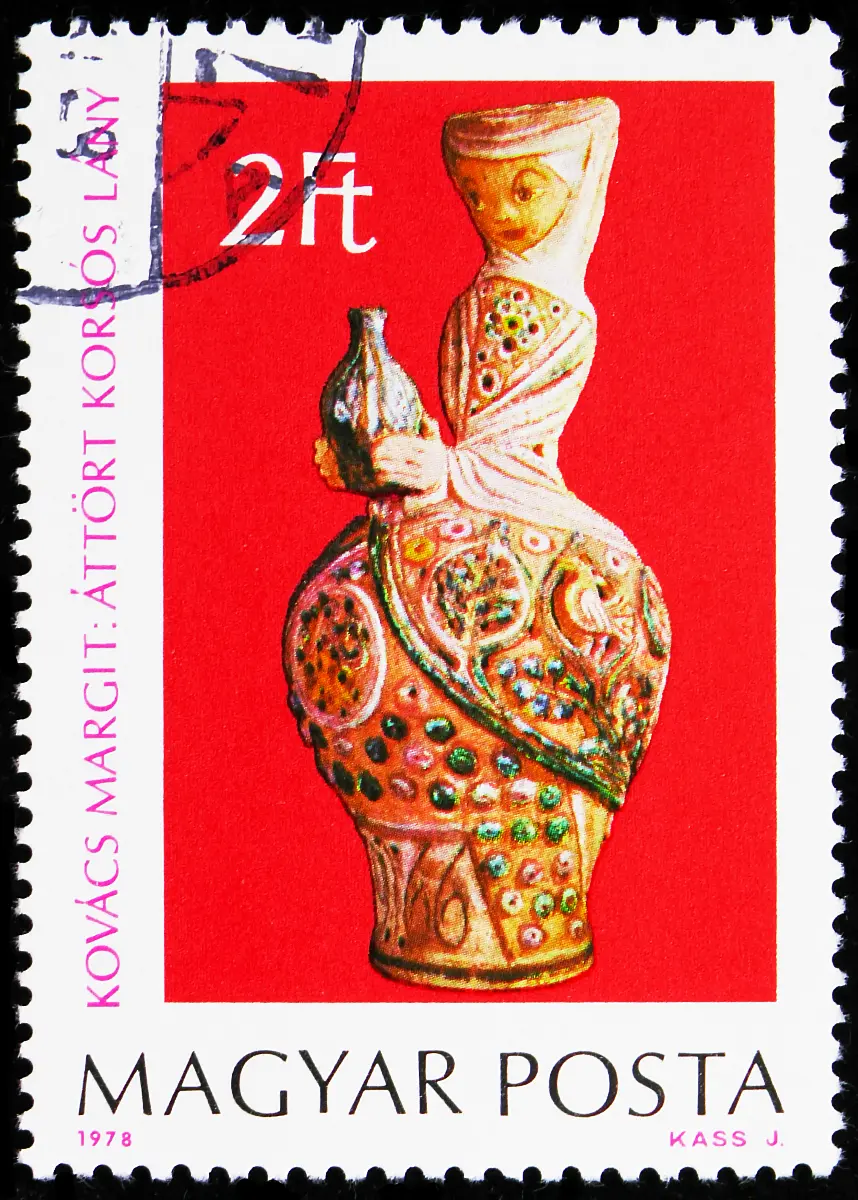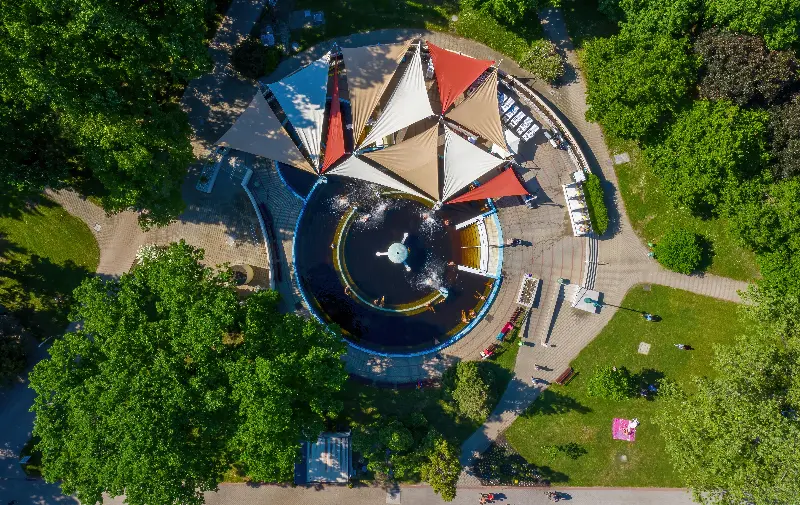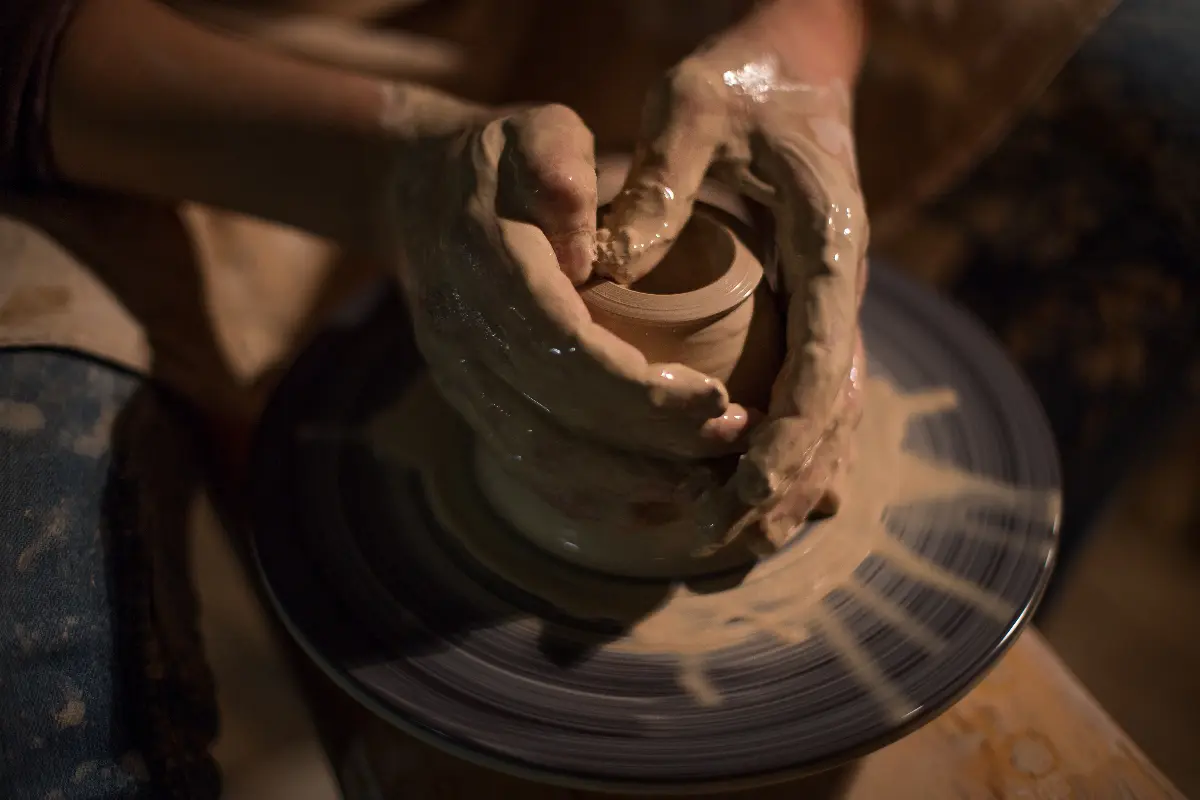
Helyszín címkék:
The artist's career
Margit Kovács was a Kossuth Prize-winning Hungarian ceramicist, praiseworthy and distinguished artist, born in Győr. She studied graphic art in Hungary and later ceramics in Vienna. In Munich, she continued her training as a ceramist and student of sculpture. While she had previously studied plastic sculpture under decorative art, she later began to sculpt functional utilitarian objects in Copenhagen. She then worked in a French porcelain factory in Sevres, where she learned to work with porcelain and form chamotte and genre figures. By combining the folk technique of discs with the sensitive plastic moulding she had previously learnt, she achieved a unique, individual style that encompassed both the fine and applied arts.
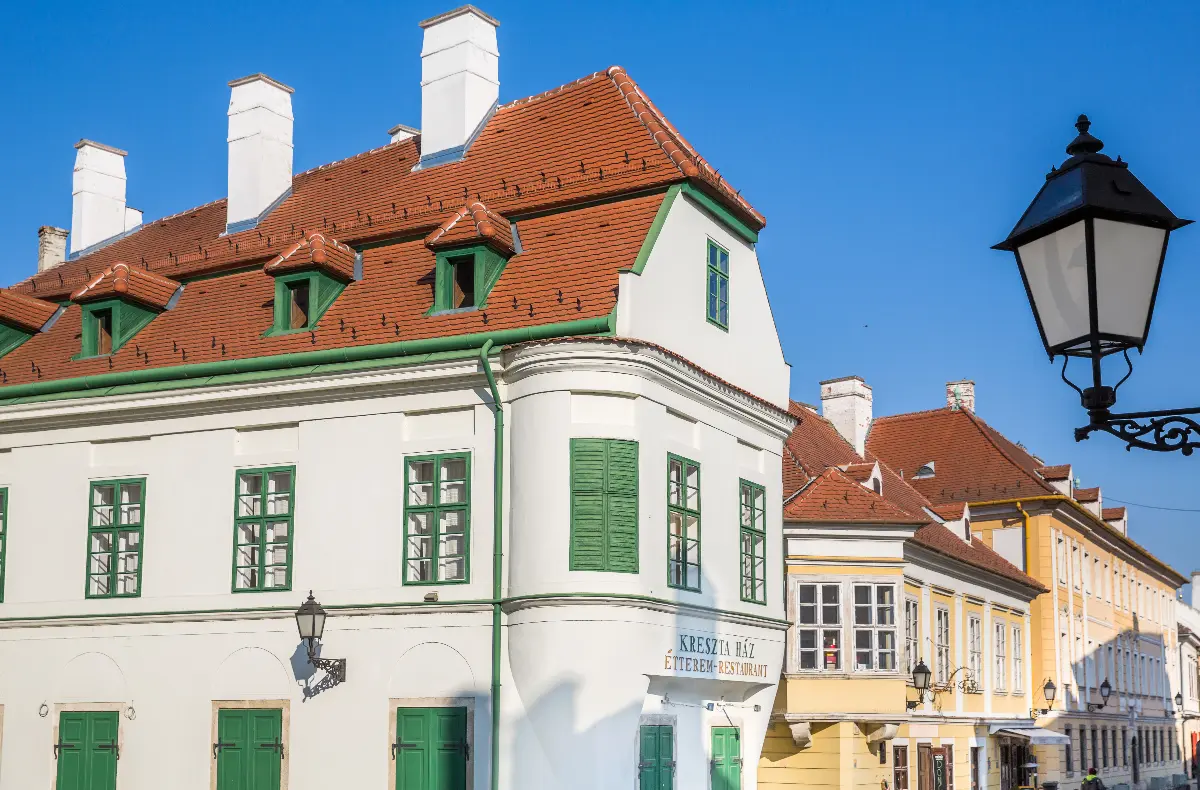
Milestones in her ceramist's career
At every stage of her career, Margit Kovács was influenced by the style she was studying or the national culture of the country in which she was living and developing. Her work always conveys intimacy and human-centredness. Her unique, distinctive style can be traced throughout her extremely rich life work. In the first period, in the thirties, she worked on discs, making small sculptures and reliefs. Then she turned to wall paintings and ornaments evoking folklore. It is very typical that her smaller figural motifs are conical, while the larger ones are in the form of a column. She also started experimenting with matte painting as a replacement for glossy overcoats. The second phase of her career was the period after the 1950s. It was then that she turned to peasant themes focusing on folklore. She began to create colourful wall paintings that looked like half-relief living pictures. The realistic small sculptures each had a message, depicting small stories. She also created whole large figures. The colours also changed, from terracotta to chamotte. She also depicted mythology and legends.
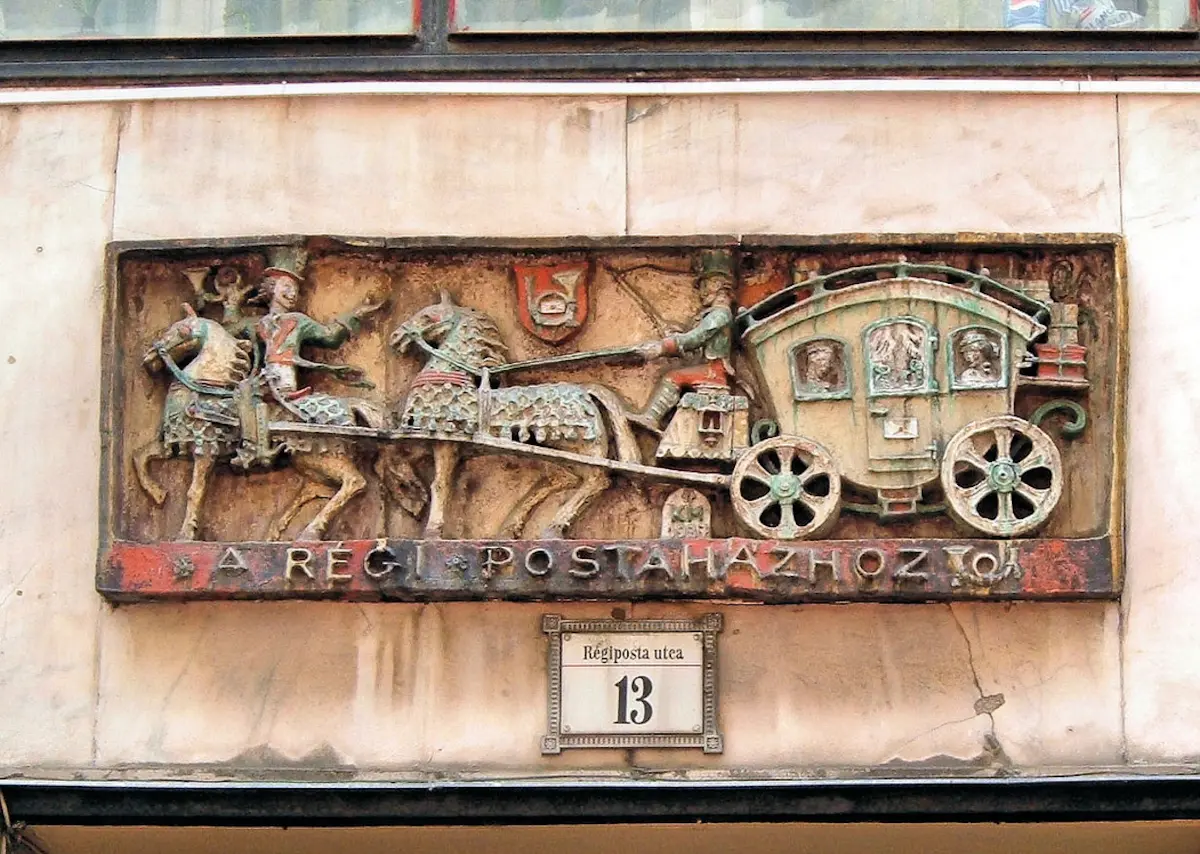
The most famous works on display at the “Kovács Margit Múzeum” (Margit Kovács Museum)
The exhibition includes both static and dynamic works by the artist. But there are also works in which she was able to depict very complex patterns of movement, which is a difficult task in ceramics. For example, the “Titkos találkára menő hölgyike” (Lady Going to a Secret Meeting), which is at first glance, mysterious. In her well-known work, she managed to cover the lady with a shawl, but you can and cannot see her face at the same time. You can follow the figure's eyes, nose and mouth halfway through the face, but it still blurs a little. With this fine-tuned technique, you can believe that this “lady” is really on her way to a secret meeting. Her 1951 work, “Anyám” (My Mother), is a textbook example of how an artist should translate emotion into their work. The head sculpture shows the very deep feelings the artist must have had for her mother. The posture is very beautiful, she portrays her mother very kindly, and managed to capture the gentle character of her mother and the close, intimate relationship between them. In her 1969 work, “Mag” (Seed), she gave a particular mythological interpretation to the representation of the tree of life. The tree blossoming, the bird flying up, the parents scattering seeds or starting life in the bottom right corner and cuddling their child in the top left corner are all posed as the fruit of the tree. This is a thought-provoking piece. The “Esőleső” (Rain-reader) sculpture depicts people whose only job after work was to watch the sky to see if it would rain. It presents a woman in a folk costume, whose job was to predict what the weather would be like the next day and what work could be done in the fields. The women in Margit Kovács' portrayals are usually blonde and blue-eyed, an idealised, fairy-tale-like image. Margit Kovács, together with István Gádor and Géza Goda, is considered the creator of modern Hungarian ceramic art. The artist's works have a unified impact, a distinctly individual tone, both Hungarian and European.

